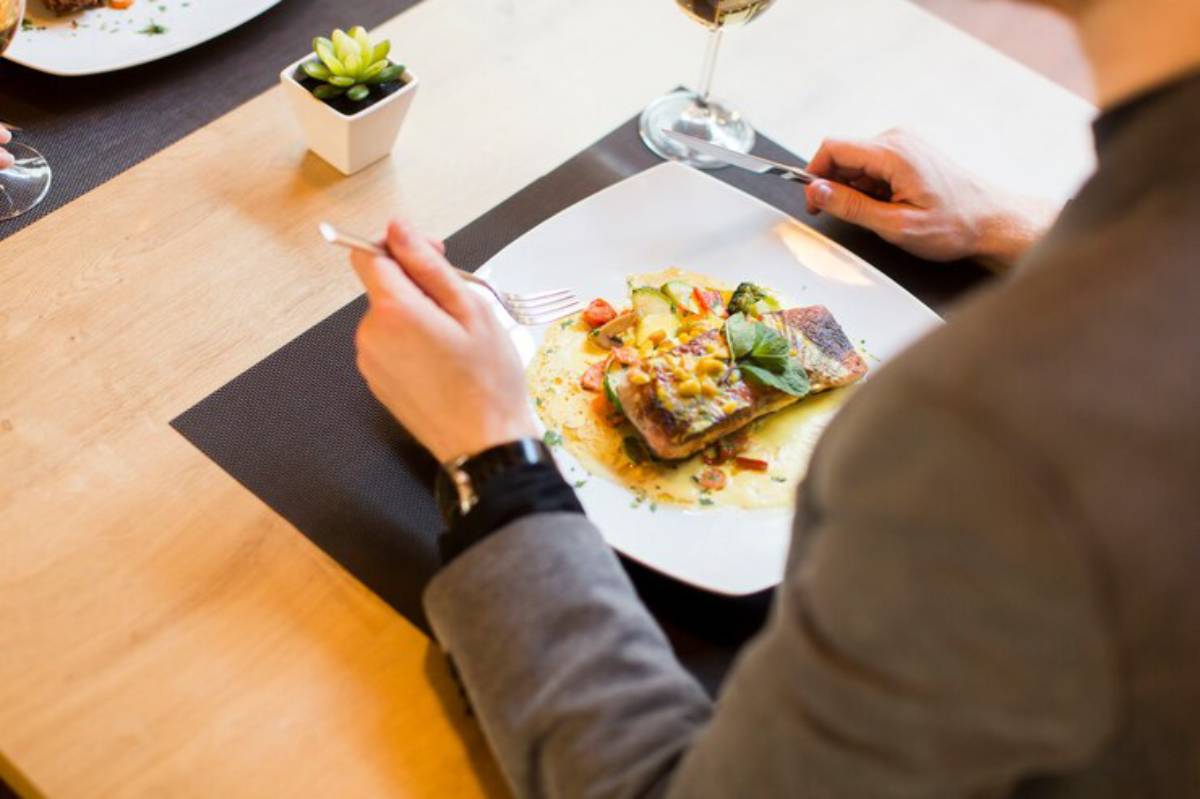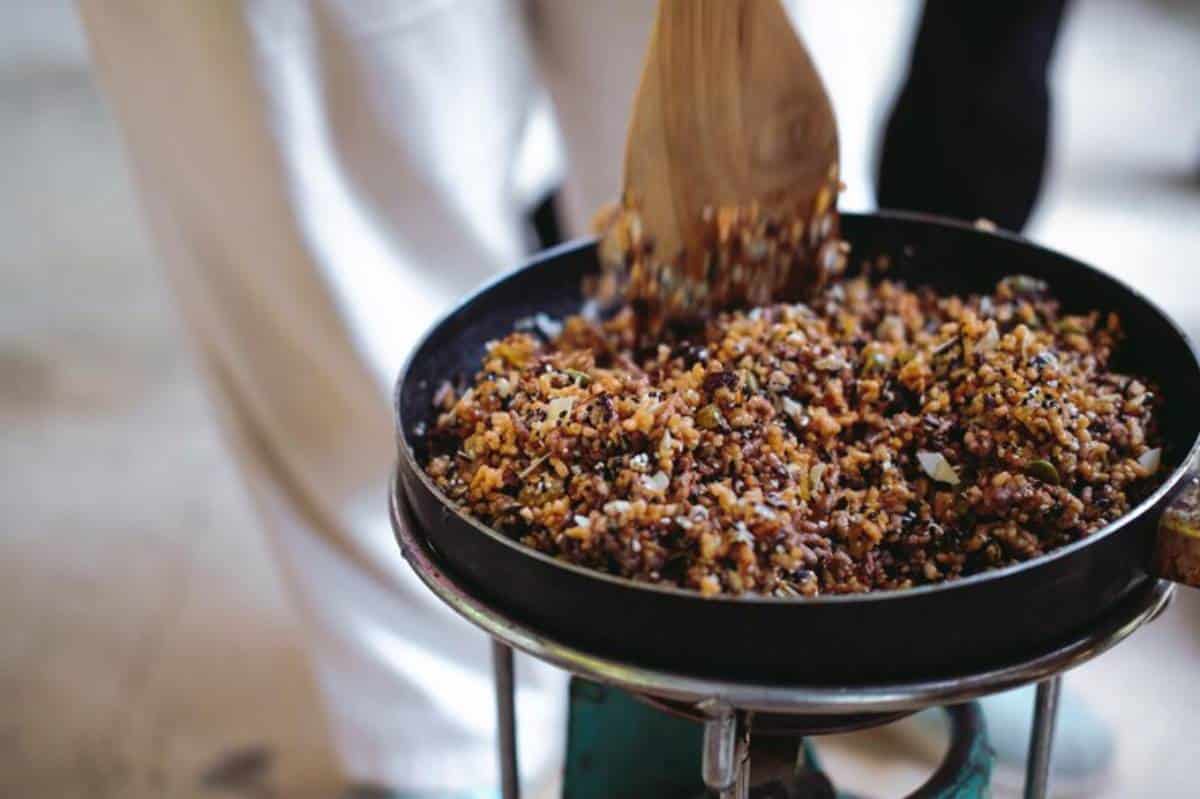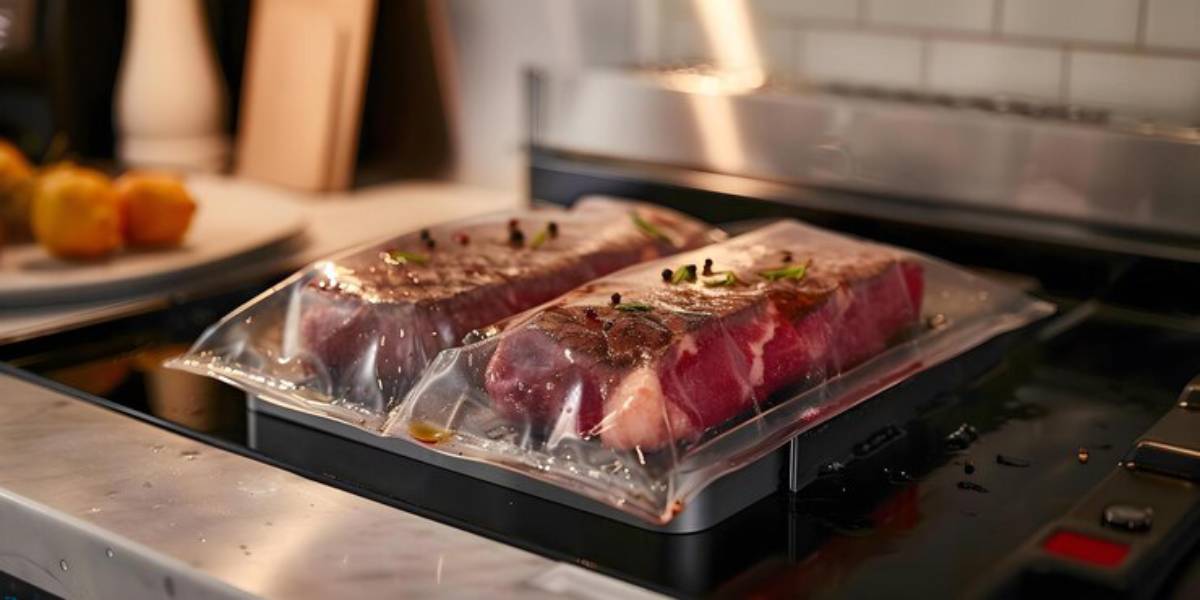
Perfect Sous Vide Steak at Home
You know that moment when you slice into a steak and see a rosy pink interior that runs edge to edge — no grey bands, no guessing game? That’s the magic of sous vide. It’s the difference between hoping your timing is right and knowing, confidently, that it is.
Steak might be simple, but cooking it perfectly is not. That’s an art. Or at least, it used to be. Thanks to sous vide, you can now achieve the same quality of gourmet beef at home with incredible consistency. Whether you’re cooking a single sirloin or six rib-eyes for friends, the method stays the same — and the results are always impressive.
In this guide, you’ll learn how to master the sous vide steak recipe from start to finish. We’ll explore temperature control, searing techniques, seasoning ideas, and why sous vide works so well for steak lovers. You’ll also walk away with practical insights that help you replicate perfection, every single time.
Why Sous Vide Is the Perfect Method for Steak
Predictable results, every time
Cooking steak on a pan or grill requires timing, judgment, and often, a bit of luck. With sous vide, you eliminate guesswork by bringing the entire steak to your target internal temperature and holding it there. No overcooked edges. No undercooked centre. Just consistent, juicy steak — every time.
Edge-to-edge doneness
The beauty of sous vide is even cooking. Traditional methods overheat the outer layers before the centre comes up to temperature. With sous vide, heat penetrates slowly and evenly, so your entire steak cooks to the same level of doneness.
- Want rare? Set your bath to 50°C.
- Prefer medium-rare? Go for 54°C.
- Fancy medium? 57°C is your number.
Your steak, your rules — with no surprises.
Choosing the Right Cut of Beef
What works best in sous vide?
The sous vide method is highly forgiving, which opens the door to a wide range of beef cuts.
Some of the best include:
- Rib-eye: Marbled, flavourful, and indulgent. Ideal for a special occasion.
- Sirloin: Leaner but still robust. Great for everyday steak lovers.
- Filet mignon: Very tender, best when cooked to precise doneness.
- Strip steak: A balance of chew and flavour, with a clean bite.
Even budget-friendly cuts like flank or skirt steak benefit from the perfect steak method when cooked sous vide. Just add a longer cook time to tenderise them.
Seasoning Like a Pro
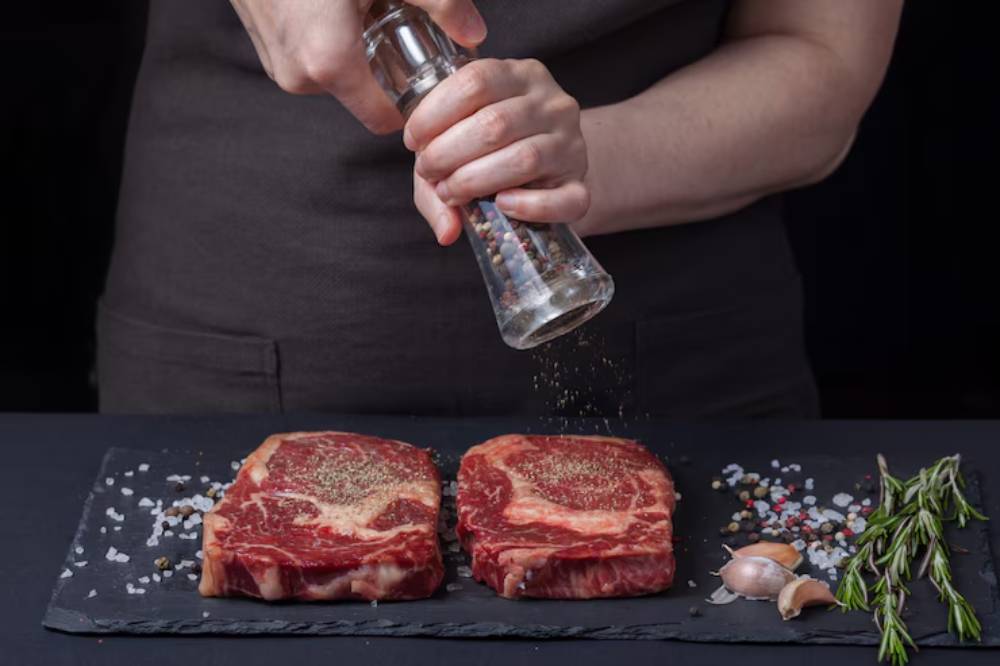
Keep it simple — or get creative
Salt, pepper, and a bit of olive oil are often enough. But sous vide locks in flavour beautifully, which makes it ideal for herbs, aromatics, or even marinades.
Try:
- Garlic and rosemary for a classic flavour profile
- Smoked paprika and thyme for something earthy
- Soy sauce and sesame oil for a subtle umami lift
Avoid thick sauces inside the bag. They tend to wash out in sous vide and are better added after cooking.
Bagging and Cooking: The Precision Process
Vacuum seal or displacement?
If you have a vacuum sealer, now’s the time to use it. It removes all air, ensuring great heat transfer. If not, use the water displacement method: place your steak in a resealable freezer bag, lower it slowly into water, and let the pressure push the air out before sealing.
How long to cook?
Most steaks cook well between 1–3 hours at your chosen temperature. Longer times help tenderise, especially for thicker or tougher cuts. But more than 4 hours can start to break down the texture unnecessarily.
Finishing the Steak: The Crucial Sear
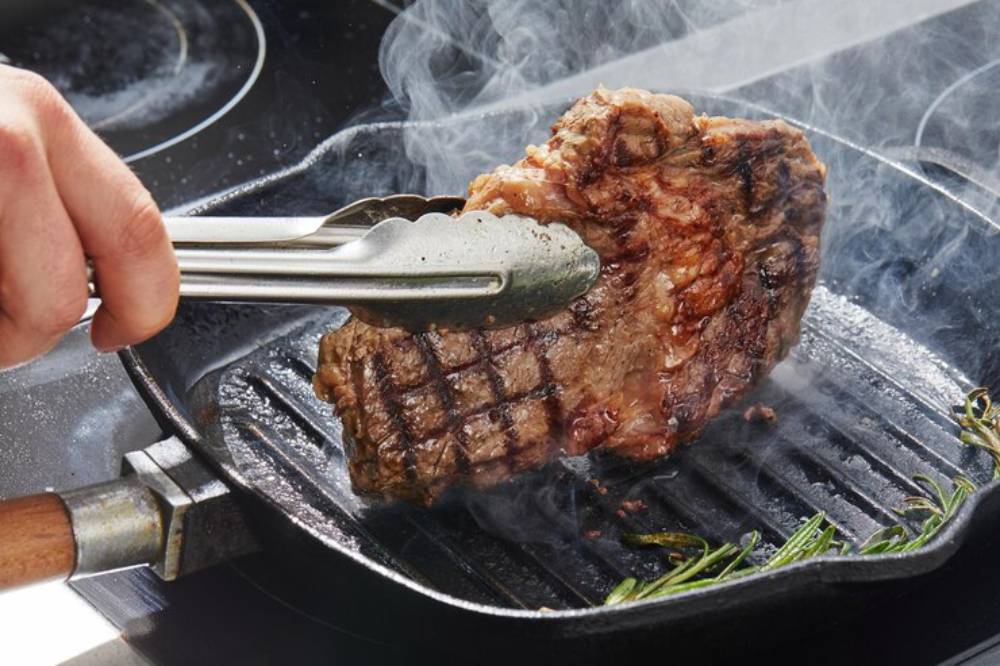
Why you should never skip the sear
Sous vide gives you perfect internal doneness, but the exterior still needs that final touch. Searing adds flavour, colour, and the satisfying texture of a proper crust.
Here’s how:
- Use a cast-iron pan or heavy skillet. Get it very hot — almost smoking.
- Pat the steak dry after sous vide cooking. Moisture prevents browning.
- Sear quickly — 30–60 seconds per side. Add butter, garlic, or rosemary for extra flavour if you like.
You can also sear using a kitchen torch, which gives precision without additional heat. Great for avoiding accidental overcooking.
Common Mistakes (and How to Avoid Them)
1. Not drying the steak before searing
Wet surfaces steam instead of sear. Use paper towels generously.
2. Skipping the resting phase
Sous vide steaks don’t need as much resting as pan-fried ones, but give them at least 5 minutes to redistribute juices before slicing.
3. Searing too long
A long sear can undo all your temperature precision. Think hot and fast, not slow and steady.
Real-Life Scenario: Date Night at Home
Imagine this. It’s Friday night, and you want to impress your partner without fussing over the stove all evening. You bag two beautiful rib-eyes, season them with garlic and rosemary, and pop them in the water bath around 5 pm. By 6:30, they’re ready. You finish with a quick sear, pour a glass of wine, and sit down to a restaurant-quality dinner — all while your kitchen stays calm and tidy.
That’s the magic of gourmet beef at home, delivered by sous vide.
If you’re looking to add flavour depth to your seared steaks, consider pairing them with bold accompaniments like the ones featured in this guide to elevating dishes with compound butters.
How Sous Vide Compares to Traditional Methods
| Method | Pros | Cons |
| Pan searing | Fast, easy, good crust | Risk of overcooking inside |
| Grilling | Smoky flavour, outdoor appeal | Uneven heat, timing is tricky |
| Oven roasting | Good for large cuts | Can dry out if not monitored |
| Sous vide | Consistent, precise, stress-free | Needs finishing to achieve texture |
Sous vide isn’t a replacement for all methods, but for steak, it’s a game-changer.
How to Store and Reheat Sous Vide Steak
Can I make it ahead?
Absolutely. After cooking, chill the sealed bag in an ice bath, then refrigerate. Reheat by placing the sealed steak back into the sous vide bath at the original cook temperature for 30–45 minutes before finishing.
This makes sous vide ideal for:
- Dinner parties
- Meal prep
- Cooking in batches
The flavour stays intact, and the texture doesn’t suffer, unlike traditional reheating.
For more on time-saving batch prep using this technique, explore sous vide for meal prep: a week of flavour.
Experimenting Beyond the Basics
Once you’ve mastered a classic steak, take it further.
Try:
- Reverse sear: Chill after sous vide and sear from cold for maximum crust.
- Basting with infused butters: Garlic-sage or peppercorn-thyme combinations.
- Smoking after sous vide: Adds wood-fired flavour to your perfect doneness.
Sous vide doesn’t limit creativity — it creates a perfect base on which to build.
Conclusion: Steak Perfection, Minus the Stress
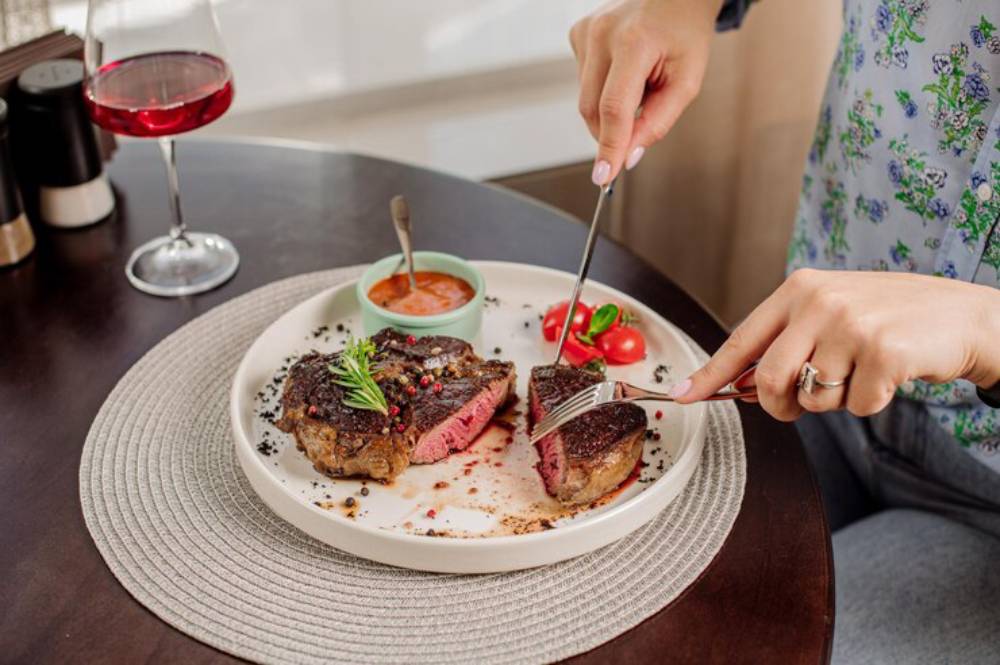
Cooking steak used to be nerve-wracking. Are you over? Under? Is it too dry? With sous vide, all of that anxiety melts away. You get complete control, from temperature to tenderness, and a foolproof path to perfection.
No matter your cut, seasoning, or skill level, the sous vide steak recipe is your new secret weapon. One water bath, one hot pan, and you’re delivering five-star results at home — no reservations required.
So go ahead: buy that steak. You’ve got the method. You’ve got the guide. Now it’s time to cook it like a pro.

